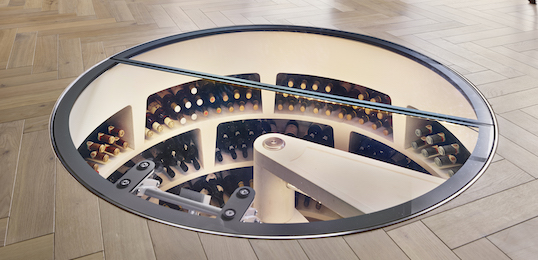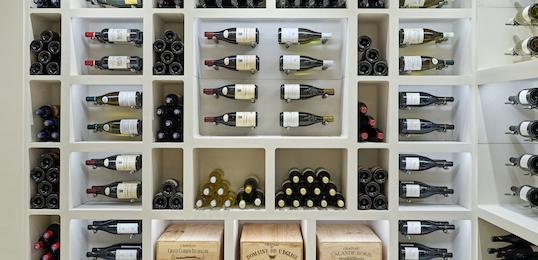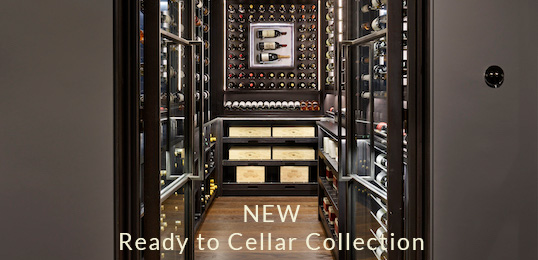Modern Norway, Denmark, and Sweden is the homeland of the Vikings; fearsome warriors who lived from the late eighth century to the early 11th century. They travelled great distances to settle in other lands, raiding and stealing where they went. As skilled boat-builders and craftsmen, many of their artefacts are still being discovered to this day.
Excavations have been conducted by the National Museum of Denmark and the Museum Vestsjælland in the residential complex areas of both the Viking Age and the Germanic Iron Age. Seeds were found with a composition that matches the local area’s and could point to wine production around the Viking Age. As there is historical evidence of wine consumption by the Vikings, these seeds found near Tissø are either from wine production or grape consumption – an exciting prospect for many wine historians.
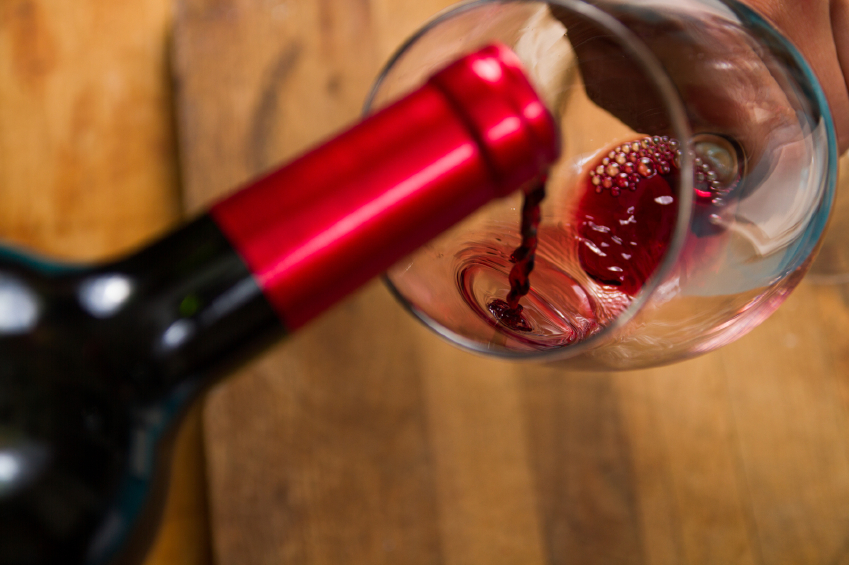
A Brief History of Vikings
The first recorded raid in Britain can be dated back to 793 AD in an Anglo-Saxon Chronicle, detailing the Ides of June’s story of how the church on Lindisfarne was destroyed by the heathens. Often targeting monasteries and churches for their gold and silver crucifixes, bowls, and other objects, they continued raiding the coasts of England in search of treasure.
Soon, however, Viking raiders began settling down and resided mainly in the north and east of England. Orkney, the Faroes, Iceland, and the Isle of Man were taken over by the Vikings while Ireland was continuously ransacked.
In England, parts of Mercia, Northumbria, and East Anglia were taken over and modern York was captured in 866 and became the Viking capital. Until King Alfred the Great, there was little resistance against the Vikings. He defeated them in the decisive Battle of Edington in 878, a victory which forced the Viking leader Guthrum to convert to Christianity.
It was after this that the Vikings and Anglo-Saxons signed a treaty in which they divided England and Viking land was known as Danelaw. This land stretched from the north-west, the east, and the north-east of England. King Alfred ruled the rest of England while the Vikings kept raiding the country. Peace, with Vikings as such close neighbours, remained an elusive concept.
The first true King of England, Alfred’s grandson Athelstan, won in battle against the Vikings in the Battle of Brunanburh in 937. Raids and other battles continued, with England seeing four Viking kings between the years 1013 and 1042. The year 1066 brought the final Viking invasion from Harald Hardrad – which ended in defeat for the Vikings at the Battle of Stamford Bridge – and the defintive Battle of Hastings that saw William of Normandy defeat King Harold of Wessex. After this, Viking presence in England was no more.
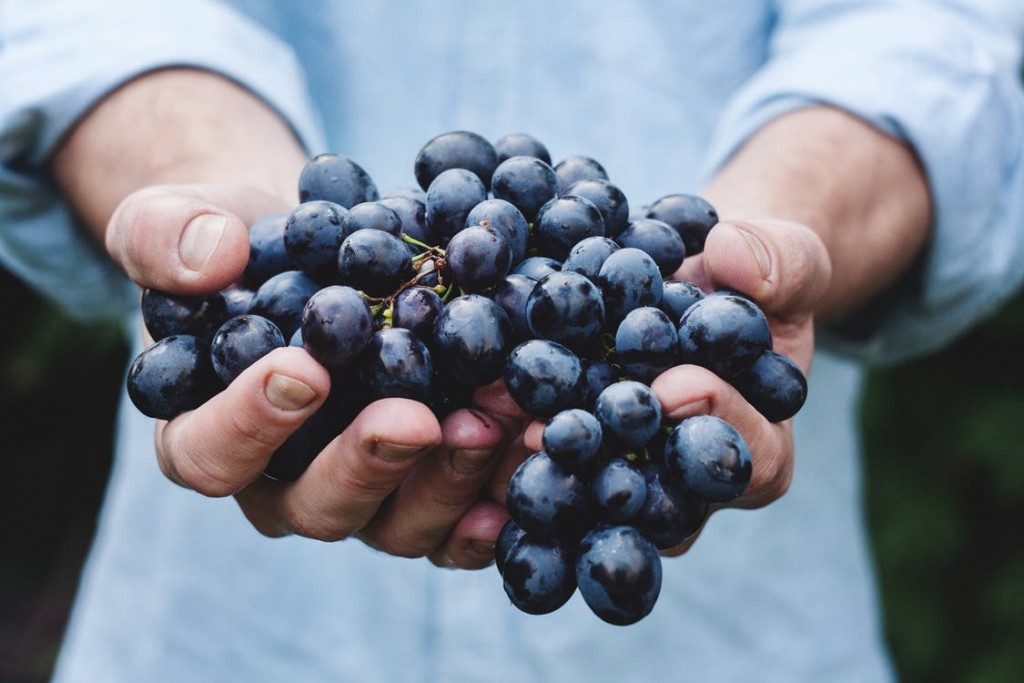
Viking Wine: A Possibility?
Vikings had a reputation for lavish drinking, enjoying beer or mead. Wine was thought to have been imported as a commodity and drunk only by the upper-class. Danish people are known for being good brewers, but there wasn’t any evidence to suggest Vikings had been wine makers.
Scientists, however, have found evidence of wine production in Denmark dating back to 780-980 AD, at the height of the Viking Age. A grape pip was found at the royal palace of Fugledegård and another found at the palace of Bulbrogård, from the Late Germanic Iron Age from approximately 500 AD.
These grape seeds are the oldest to have been found in Denmark and according to Denmark’s National Museum Archaeologist and curator, Peter Steen Henriksen, who found the seeds, this represents the first discovery and potential sign that wine was being produced in Denmark. The seeds showed they were grown in New Zealand after being sent for isotope analysis. Although how the grapes were used is unknown, as they could have been just for eating, it’s reasonable to assume they were used for wine production.
Professor of the National Museum, Karin Margarita, points out that knowing that Vikings had grapes also means they had resources to produce wine, which they could easily have done. The report published in the Danish Journal of Archaeology with fellow team member Sandie Holst noted that even though the results showed the seeds were from a local area, they also showed similarities to seeds from the area such as Britain, Northern Italy, and Northern Europe.
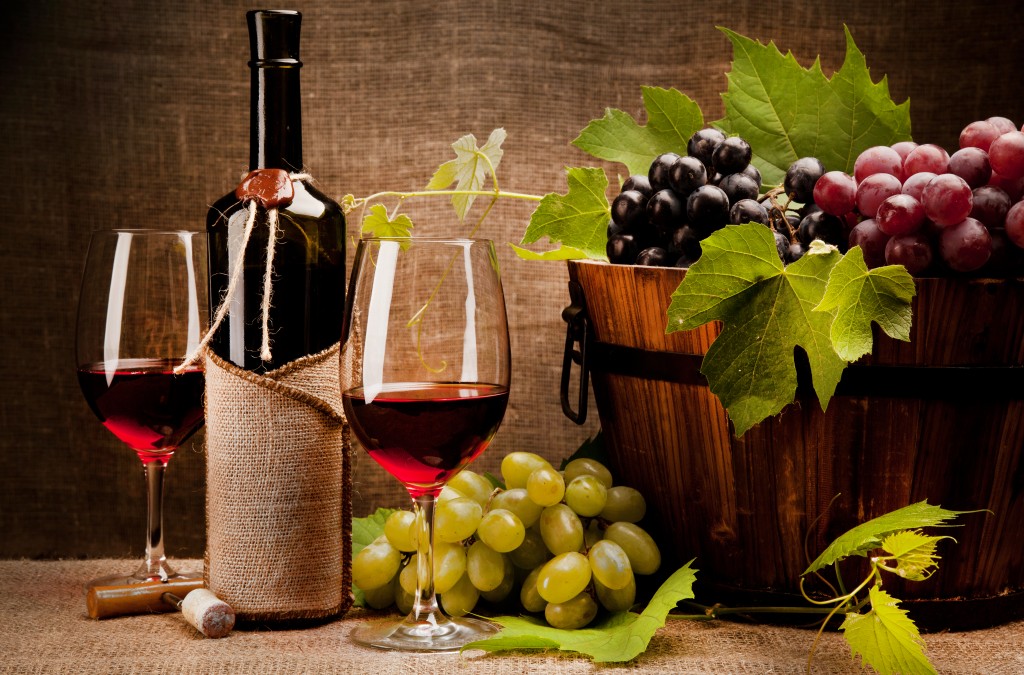
Previously considered too cold for wine production, Denmark could potentially see ‘Viking wine’ making a comeback from grapes of the local area. With vital conditions to store any wine, spiral cellars will ensure that your wine – Viking or otherwise – is properly stored in your wine rooms or wine display cabinet.
